C.M. Mayo discusses her novel The Last Prince of the Mexican Empire with Write On! Online. A former economist, Mayo is founding editor of Tameme (the bilingual Spanish/English chapbook press) and a translator of contemporary Mexican poetry and fiction. Her stories, essays, and poems have appeared in numerous U.S. literary magazines, as well as the Los Angeles Times and Wall Street Journal. She also wrote the widely-lauded travel memoir, Miraculous Air.
How did you go from being an economist to a career in writing?
It’s not as big a leap as it might appear. Economists are storytellers, too. But after having established myself as a professor and author on Mexican finance and popular finance, I wanted to stretch out, far beyond academia, policy circles, or the financial industry—and take on a much wider range of subjects. So switching to a career as a writer made sense.
How did the idea for The Last Prince of the Mexican Empire come about?
I’ve been living in Mexico City on and off for more than 20 years. Way back when, I was at a friend’s house and happened to see the prince’s portrait, made probably in the 1870s when he was perhaps 12 years old. He looked English, but there was Chapultepec Castle in the background. When my friend told me he was the prince, Agustin de Iturbide y Green, I said what most people would say:”Huh? How come I’d never heard of him?” I was intrigued. Later, when I read more about the period and found out that his mother was an American, and the international scandal she’d caused in trying to wrest him back from Mexico’s Emperor, Maximilian von Habsburg, I knew I had to write the book. But it was no easy task—it turns out, as I explain at length in the novel’s epilogue, that much of the available material on the affair is riddled with omissions and serious errors. I had several years of research to do.
What was your favorite part of writing the book?
When it all began to come together and flow—at least a little bit. It took me some years to find the narrative thread, as it were. As for research, I’d say the most fun was looking at the handwriting in so many of the letters. Unlike modern typewritten documents, these just opened up my sense of the personalities who wrote them. The Emperor Maximilian’s handrwiting, for example, looks almost Arab—unusual and elegant—while his wife, the Empress Carlota’s was so neat, so perfect, oh, she was quite the perfectionist. She was young, only 25, and under terrific stress while the empire began to fall apart—and in 1866, near the end of the empire, she had a psychotic breakdown while visiting the Pope in the Vatican. Her handwriting in documents from that time takes on an uneven, muddy quality. To see such a letter, well, it’s quite moving.
The most challenging?
Finding the story. This very complex period in Mexican history is really transnational history: in a nutshell, the French invaded, installed the younger brother of Austrria’s Kaiser, Maximilian, on the Mexican throne, with the support of Rome and the King of the Belgians and the acquience of Queen Victoria and Spain, all while the U.S. was embroiled in its own Civil War. Well, I kept trying to tell the story of the prince from one point of view or another. It took me some years to understand that the protagonist is not the prince as person, but the prince as an idea—the living symbol of the future of the Mexican Empire. Ideas so large as that live in many people’s minds—so that’s where the story had to go. So the narrative uses a Jamesian roving central intelligence: a fancy way of saying: it delves into many different points of view. You can get a sense of that by visiting the “tussie-mussie,” or cast of characters.
How do the mediums in which you write differ? Do you have a favorite?
I don’t write as an economist anymore, so I won’t speak to that. As for the nonfiction writing—travel memoir and so on–and certain parts of novels—one needs to do a lot of research, take notes, take photos, stay organized. Nonetheless, as with fiction and poetry, a dreaminess comes in—or it must. It feels playful. Do I have a favorite? My favorite is always the one I’m working on.
What are the differences between writing a memoir and a novel? Between short and long fiction?
I think the differences depend on the type of memoir and the type of novel. There are so many … Between short and long fiction? Stamina. A novel requires industrial strength stamina. A prodigious ability to sit, just sit, and stay sitting, in the chair.
Any advice for writers?
Why, yes indeed! I have whole page of advice on my website. Also, I maintain lists of recommended books on craft and on the creative process here.
My top 5 tips:
1. Read as a writer
2. Be here now
3. Sit in the chair
4. Keep your pen lightly resting on the paper (or your fingers on the keyboard) at all times
5. Remember, be here now
What do you know now that you wish you knew when you first started writing?
It’s important to have fun and, whenever possible, in ways that explore complexity.


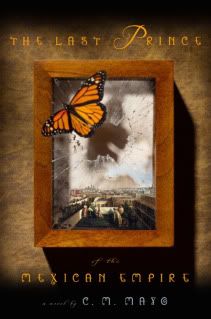


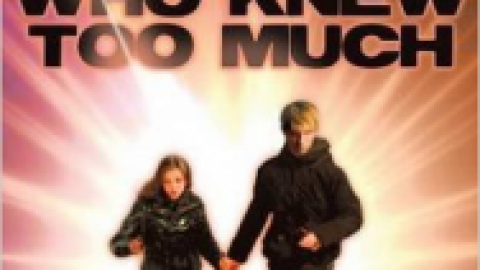

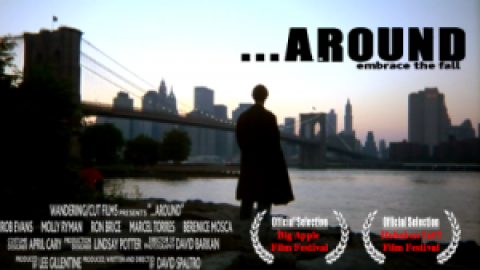
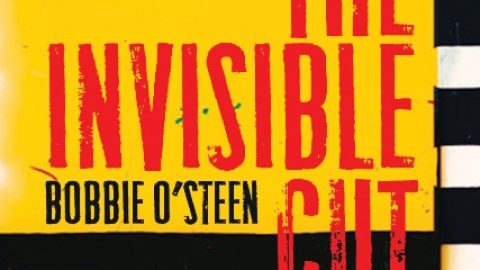

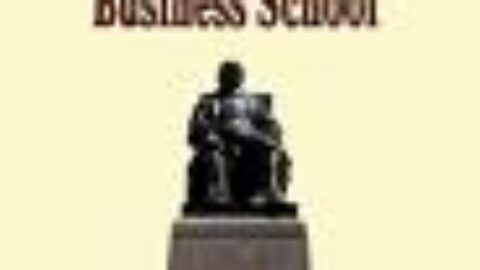

Comments are closed.
What an enjoyable interview. Not only well articulated points about the writing process, but an elegant introduction to a beguiling personage. Now it’s off to the library to get to know her better.
[…] CM Mayo, The Last Prince of the Mexican Empire […]
[…] Check out author C.M. Mayo’s article: The Manuscript is Ready– (Or Is It?)– What’s Next? It is based on her […]
[…] out author C.M. Mayo’s article: The Manuscript is Ready– (Or Is It?)– What’s Next? It is based on her […]
[…] C.M. Mayo published Podcasting for Writers & Other Creative Entrepreneurs (Dancing Chiva, December 2012) […]